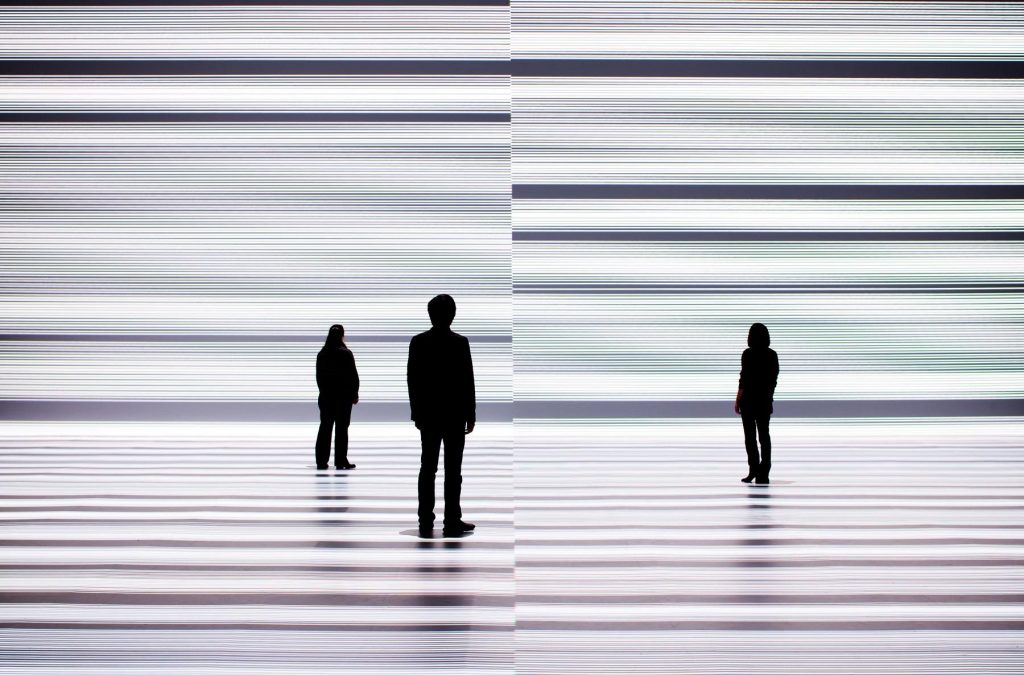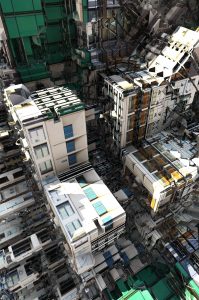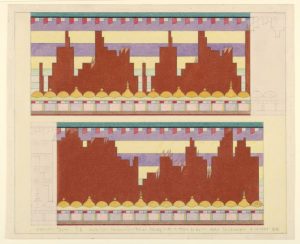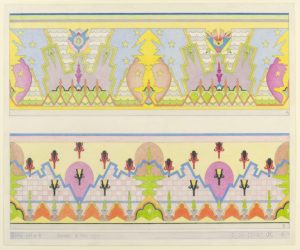I perused through my peers’ looking outwards to come across this fun web toy, frankenSimulator.
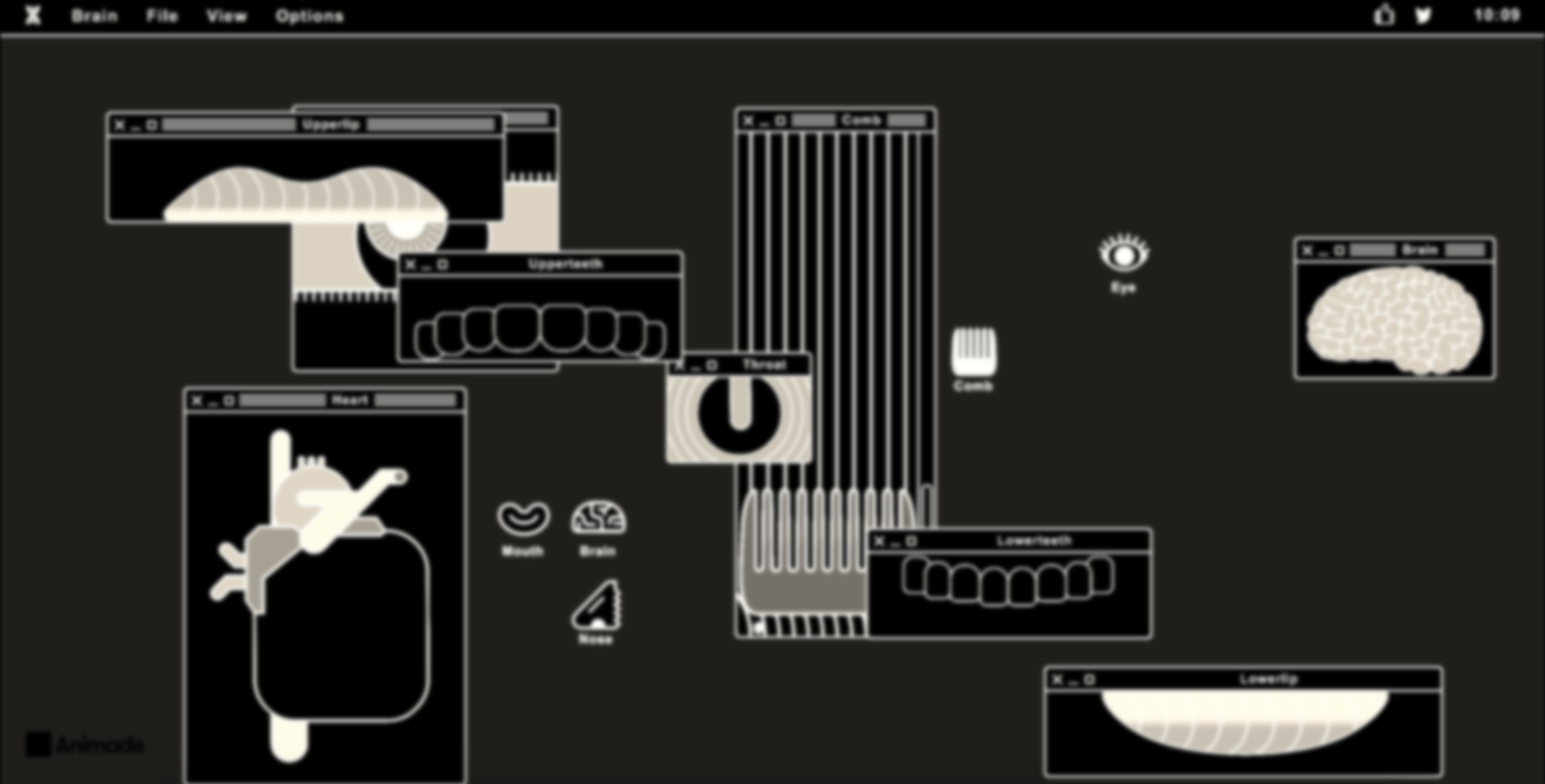
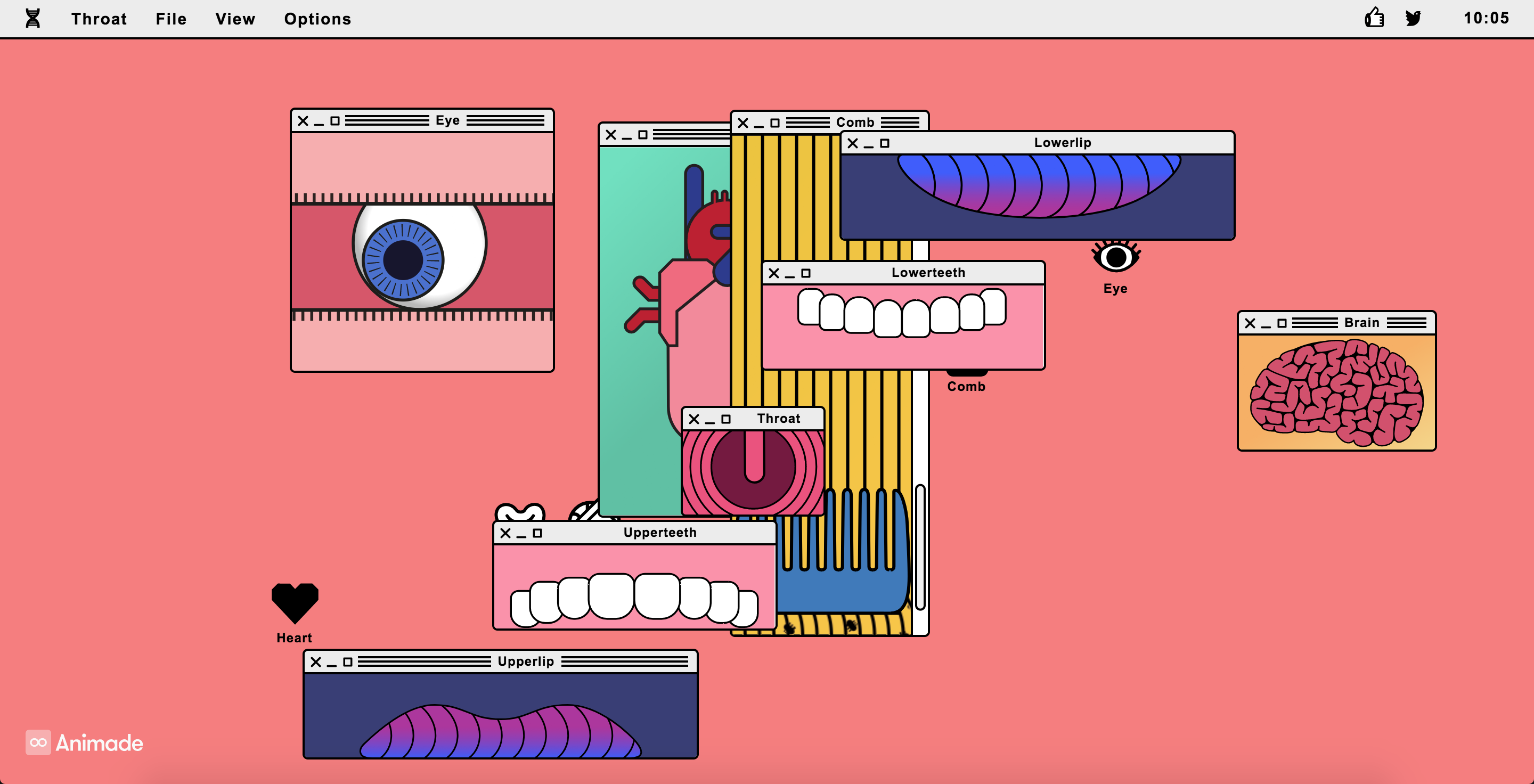
Above: screenshots of compositions I made on the interactive site.
As a designer with an art background, I’ve been toying with the balance of form and function in my work. Often I aim for my work to have a purpose and achieve a particular goal. But other times, I simply want to satisfy myself and make something fun and pretty. It’s delightful to come across a piece that simply seems pretty, but I could also imagine it having functional applications. Such types of work could be used for promotional events, branding a product, film, or company release. It could also be a “hook” for a more serious campaign.
I could see a piece like this using concepts of primitive/complex shapes as we’ve learned in class, as well as objects and animation with arrays that we’re beginning to learn.
Thanks to this peer’s post, I was able to also look into the studio behind this piece, Animade, who works on various interactive/motion pieces. As I’ve been getting more into animation and illustration this semester, I am happy to add this studio’s work to my repertoire of knowledge!
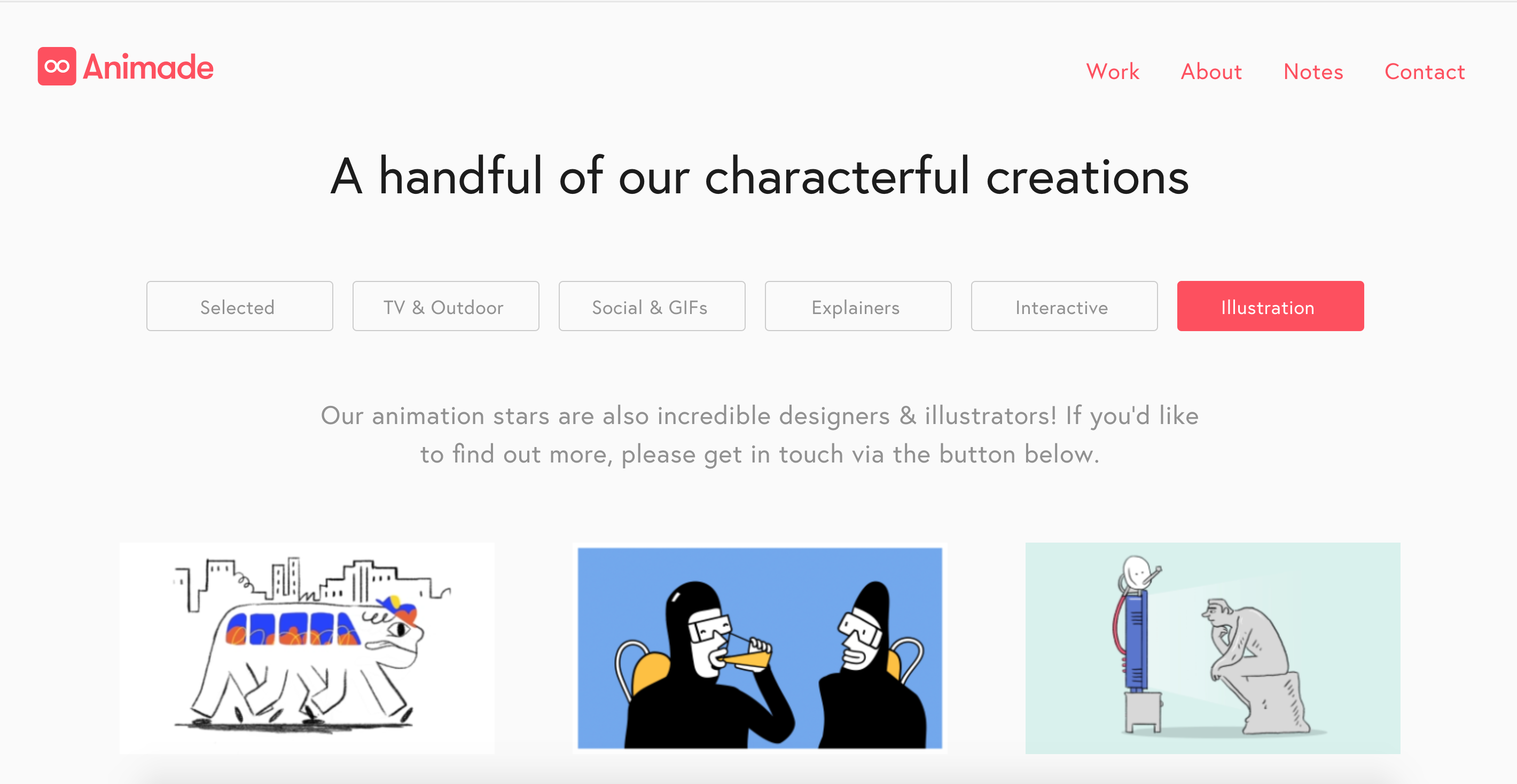
Above: screenshot of Animade’s work on their site
![[OLD FALL 2017] 15-104 • Introduction to Computing for Creative Practice](../../../../wp-content/uploads/2020/08/stop-banner.png)
